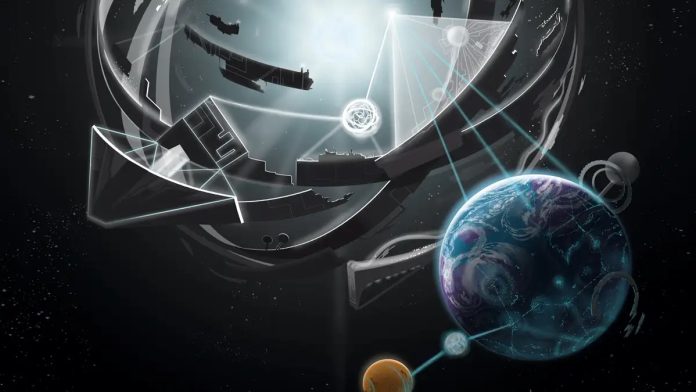Hitherto, much of what constitutes the Search for Extraterrestrial Intelligence has consisted of using huge, radio telescopes to attempt to detect radio and television signals from planets in other star systems. In the over 50 years such efforts have been ongoing, researchers have come up short in the search for ET. IO9 reported on Thursday that a new facility, located at the Lick Observatory near San Jose, California, is going to try a different approach called near-infrared optical SETI or NIRSETI. It is part of an effort called optical SETI that tries to detect artificial light pulses to look for alien civilizations.
The idea is that aliens may be trying to contact us using infrared pulses. Because radio signals tend to become weaker as they pass through interstellar space, they may not be detectable. Infrared signals remain stronger for longer distances and can penetrate dust more effectively than visible light. It could have a range of thousands of light years, increasing the number of target star systems.
Even more intriguingly, the same instrument could detect a Dyson sphere. Such spheres are theoretical megastructures that surround an entire star. Trillions of people could live on the inside of a Dyson sphere, which would absorb the light and heat of the star it surrounds to generate limitless energy. Thus far, Dyson spheres have only been featured in scientific journals or science fiction, such as an episode of “Star Trek: The Next Generation” entitled “Relics.”
The NIRSETI can detect a Dyson sphere due to the fact that such structures, blocking the light of the stars they surround, will emit a great deal of infrared and near infrared light. A Dyson sphere would show up as a huge, infrared object. The discovery of such an object would not only prove that intelligent life exists elsewhere in the universe, but that it is greatly more advanced than human civilization.















